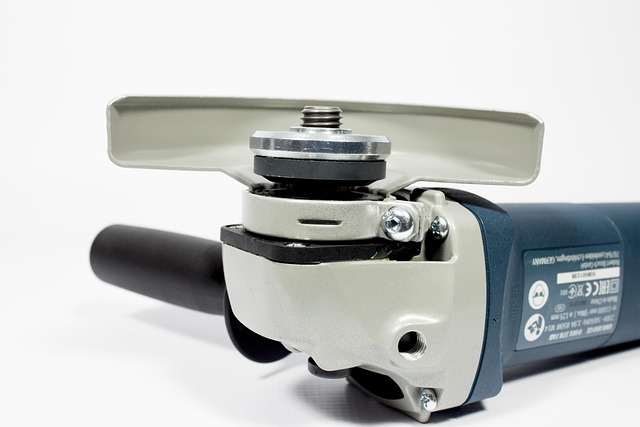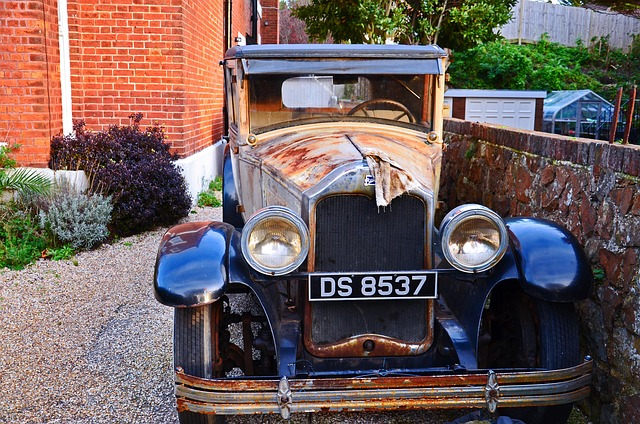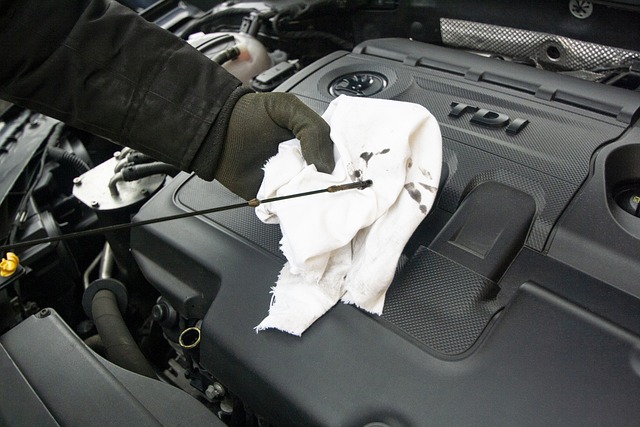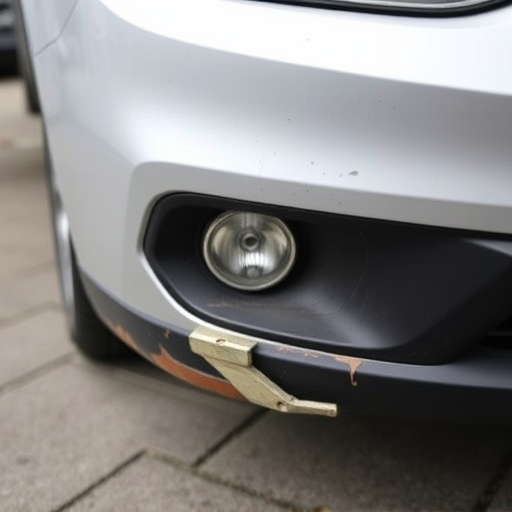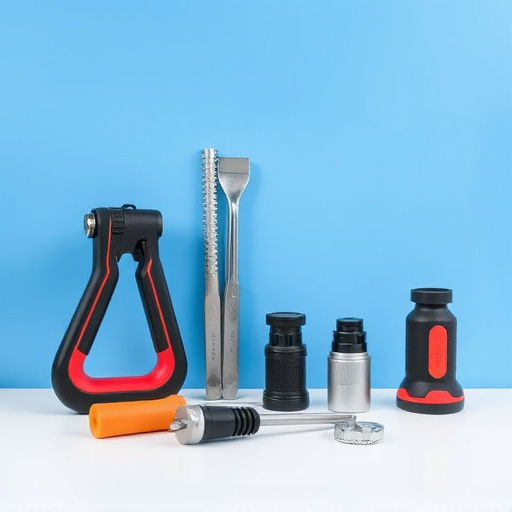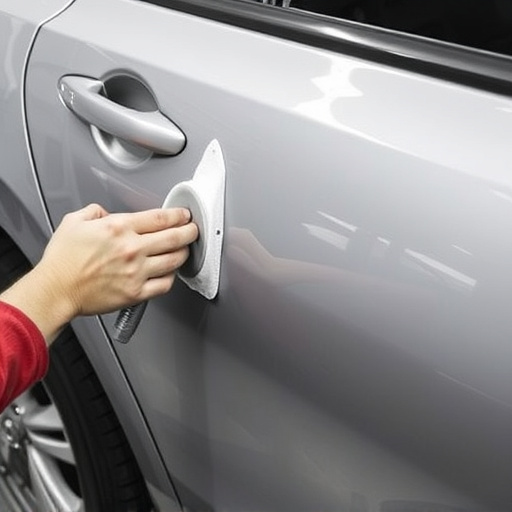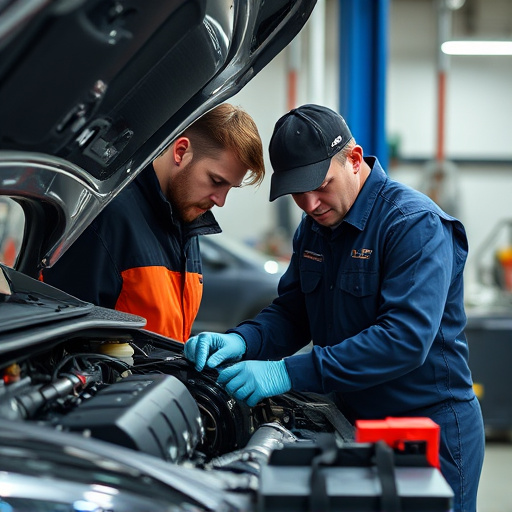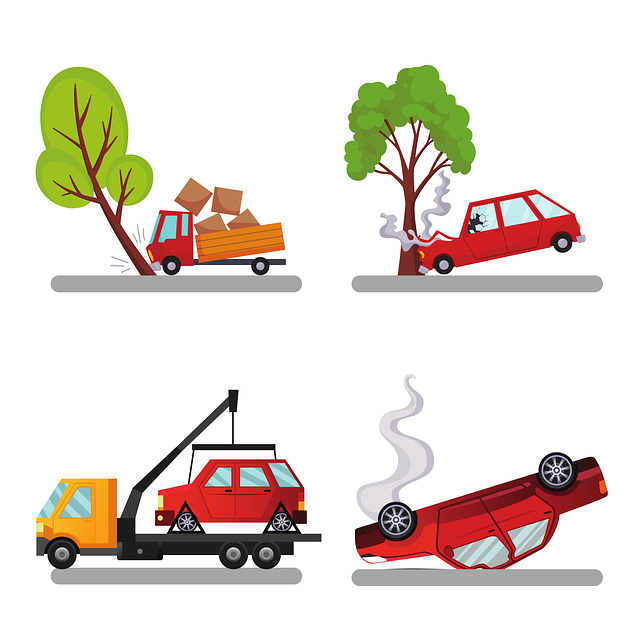Frame rail repair is a critical process in automotive collision repair, ensuring structural integrity by reconnecting key vehicle components like chassis and suspension. This meticulous procedure involves inspection, straightening, patching, primer application, and repainting to achieve precise alignment. Quality control standards are stringent, incorporating advanced paintless dent repair techniques and regular training for technicians to identify deviations down to subtle details. Implementing this systematic approach guarantees repairs meet original specifications, enhancing safety, aesthetic appeal, and customer satisfaction while protecting the shop's reputation.
In the automotive industry, ensuring structural integrity is paramount. Frame rail repair, a critical process, demands meticulous attention to quality control (QC) standards. This article delves into the essential practices for maintaining high-quality repairs, focusing on understanding the framework, setting benchmarks, and implementing effective QC measures. By exploring these key aspects, we highlight best practices that guarantee robust and reliable frame rail repairs, enhancing vehicle safety and performance. Discover the significance of consistent quality control in the context of frame rail repair.
- Understanding Frame Rail Repair: The Basic Process and Its Significance
- Setting the Standards: Key Quality Control Measures for Frame Rail Repair
- Implementing and Maintaining Quality Control Standards in Practice
Understanding Frame Rail Repair: The Basic Process and Its Significance
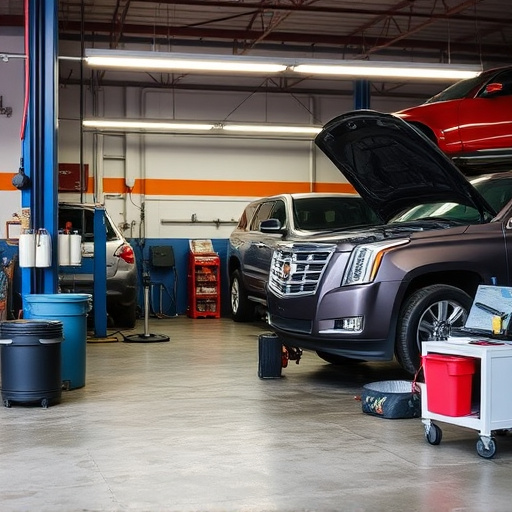
Frame rail repair is a critical process in automotive collision repair, focusing on restoring the structural integrity of a vehicle’s frame rails. These horizontal members form the backbone of the vehicle, connecting key components like the chassis, suspension, and wheels. Damage to frame rails can occur due to accidents, corrosion, or manufacturing defects, compromising the safety and handling of the vehicle.
The basic process involves several steps: inspection, straightening, patching, primer application, and repainting. Skilled technicians use specialized tools to assess and correct any misalignments in the rails, ensuring they are restored to their original specifications. This meticulous approach is essential for achieving precise alignment, which directly impacts the overall quality of vehicle body repair and performance. Moreover, frame rail repair is often considered a benchmark for the overall quality and safety of automotive collision repairs, including paintless dent repair techniques when applicable.
Setting the Standards: Key Quality Control Measures for Frame Rail Repair
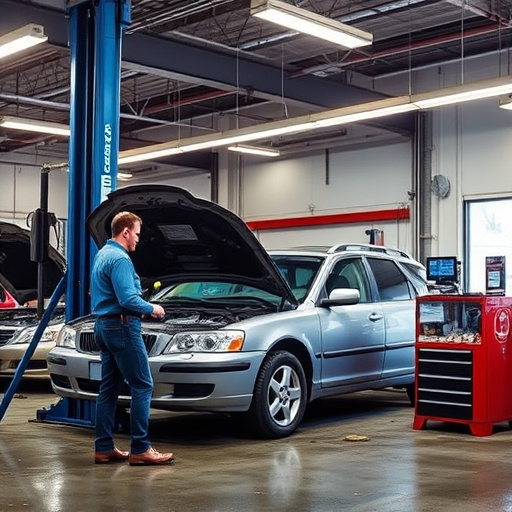
Setting quality control standards is paramount in ensuring accurate and reliable frame rail repair processes at a vehicle body shop. These standards serve as the cornerstone for maintaining structural integrity, safety, and aesthetic appeal of vehicles undergoing bumper repair or car damage repair. Key measures include meticulous measurement and alignment, using specialized tools to verify dimensions, and implementing strict tolerances to ensure each component fits seamlessly.
Regular training sessions for technicians are crucial to upholding these standards. They should be adept at identifying even the subtlest deviations from specifications during frame rail repair, utilizing advanced diagnostic equipment as needed. Furthermore, establishing clear communication protocols ensures that any discrepancies or potential issues are promptly addressed, fostering a culture of continuous improvement within the vehicle body shop.
Implementing and Maintaining Quality Control Standards in Practice
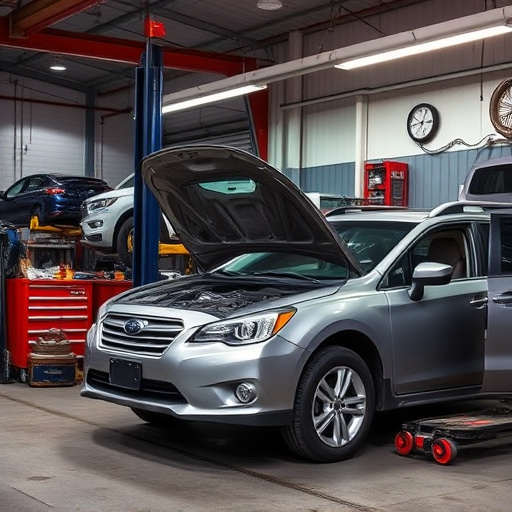
Implementing and maintaining quality control standards in the frame rail repair process is paramount to ensuring precision, consistency, and customer satisfaction. It involves a systematic approach where every step of the repair is meticulously monitored and evaluated against established criteria. This includes using specialized equipment for measurements, adhering strictly to industry-approved techniques, and regularly inspecting work progress. Skilled technicians play a pivotal role in this regard, as their expertise ensures that repairs meet not just minimal standards but also match the original vehicle specifications.
In a professional body shop offering services like car collision repair or auto maintenance, quality control becomes a cornerstone of service delivery. By implementing these standards, shops can guarantee that frame rail repairs are structurally sound, visually appealing, and safe for road use. This attention to detail not only protects the reputation of the shop but also fosters trust among clients who rely on these services for their peace of mind and vehicle longevity.
The successful implementation of quality control standards in the frame rail repair process is paramount for ensuring structural integrity and vehicle safety. By adhering to key measures outlined in this article, including meticulous inspection, standardized procedures, and continuous monitoring, repair shops can deliver high-quality results that meet or exceed industry expectations. This, in turn, fosters customer satisfaction and strengthens the reputation of the automotive service industry as a whole, reinforcing the importance of prioritizing excellence in frame rail repair.
